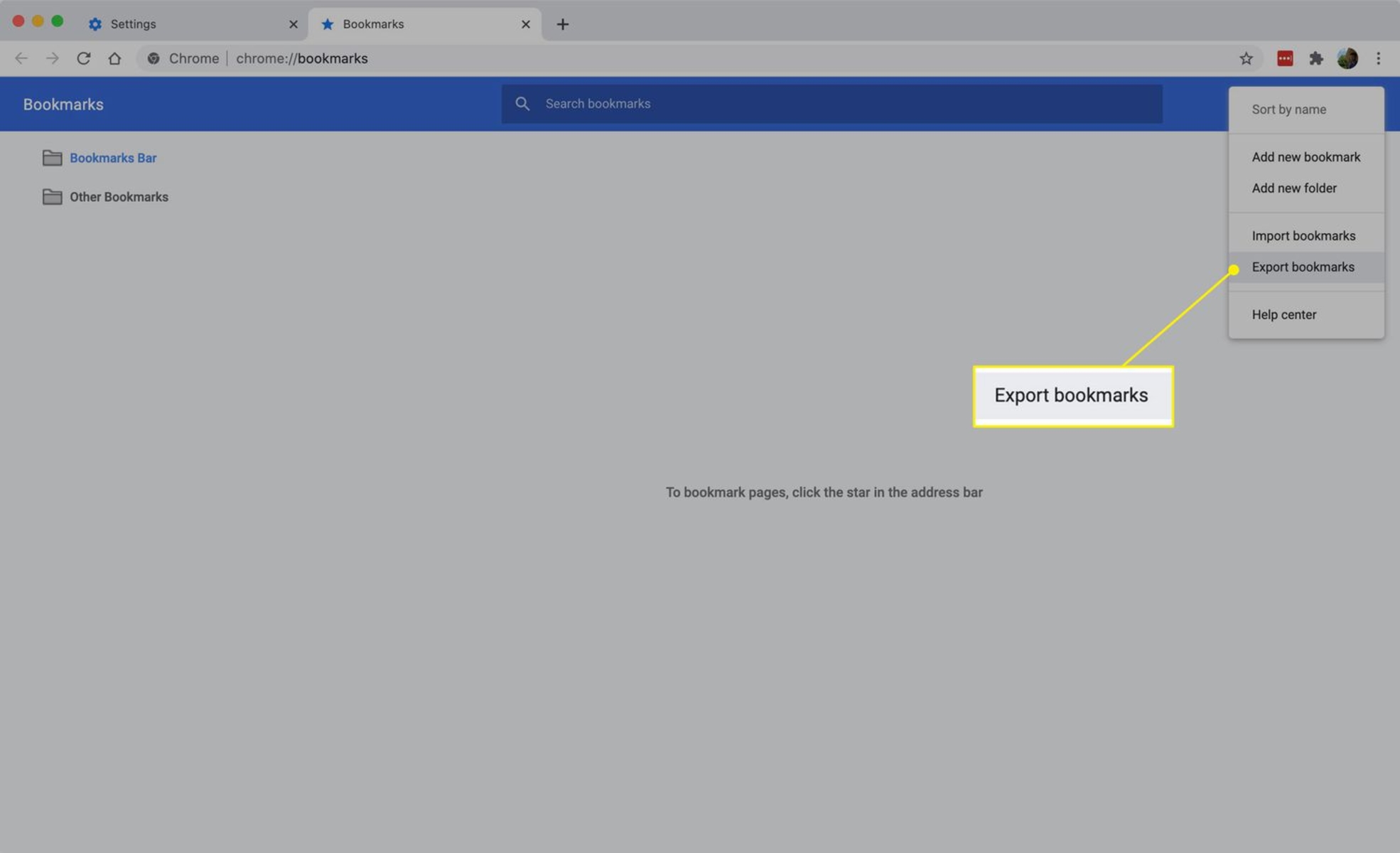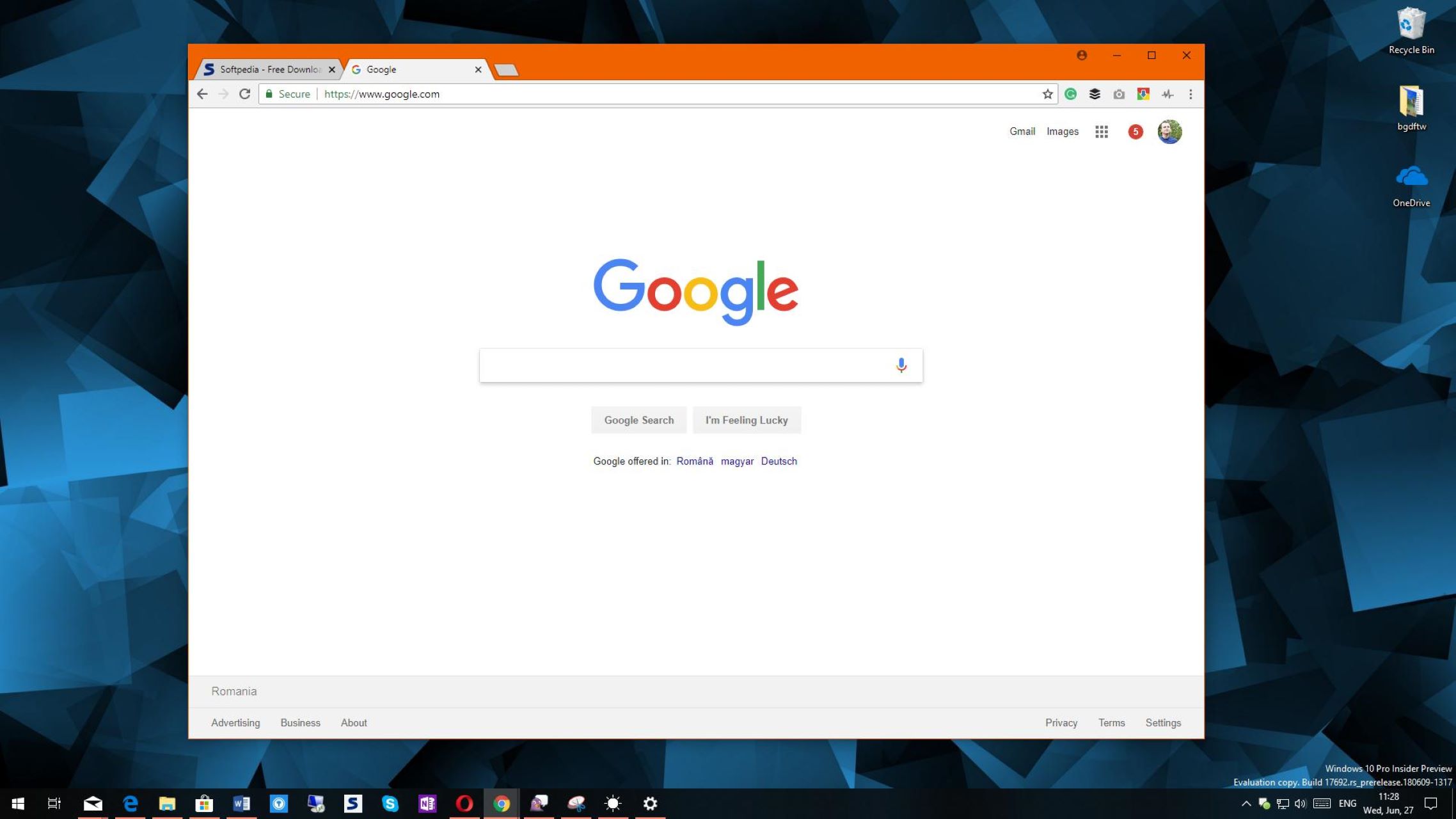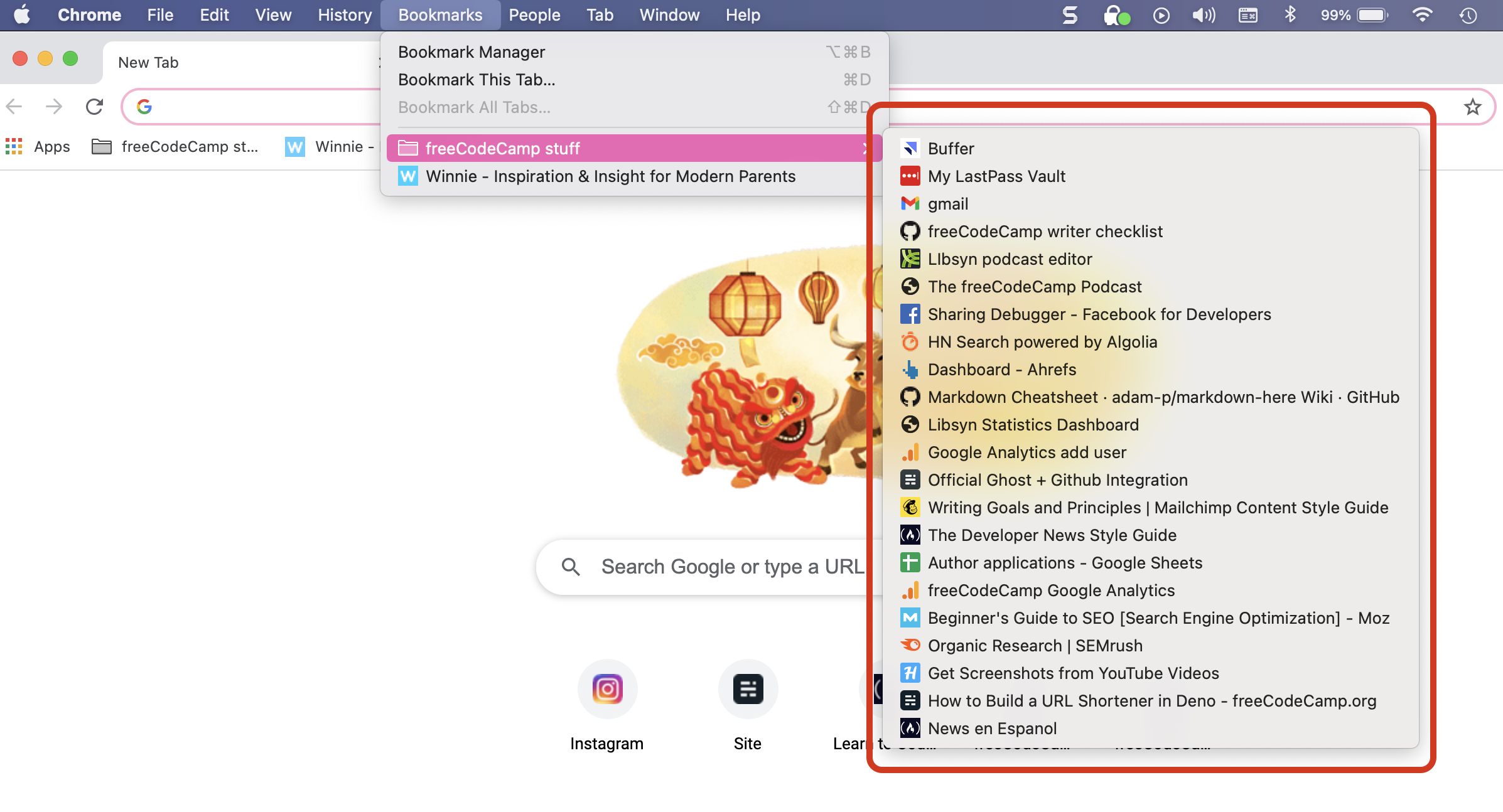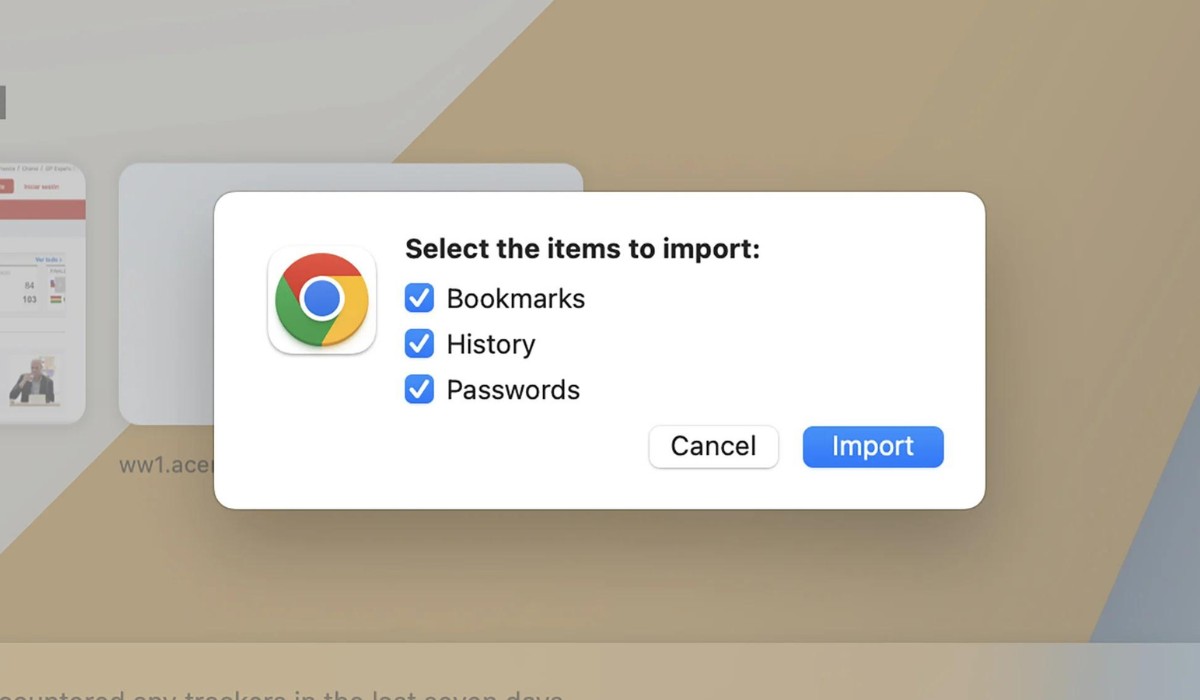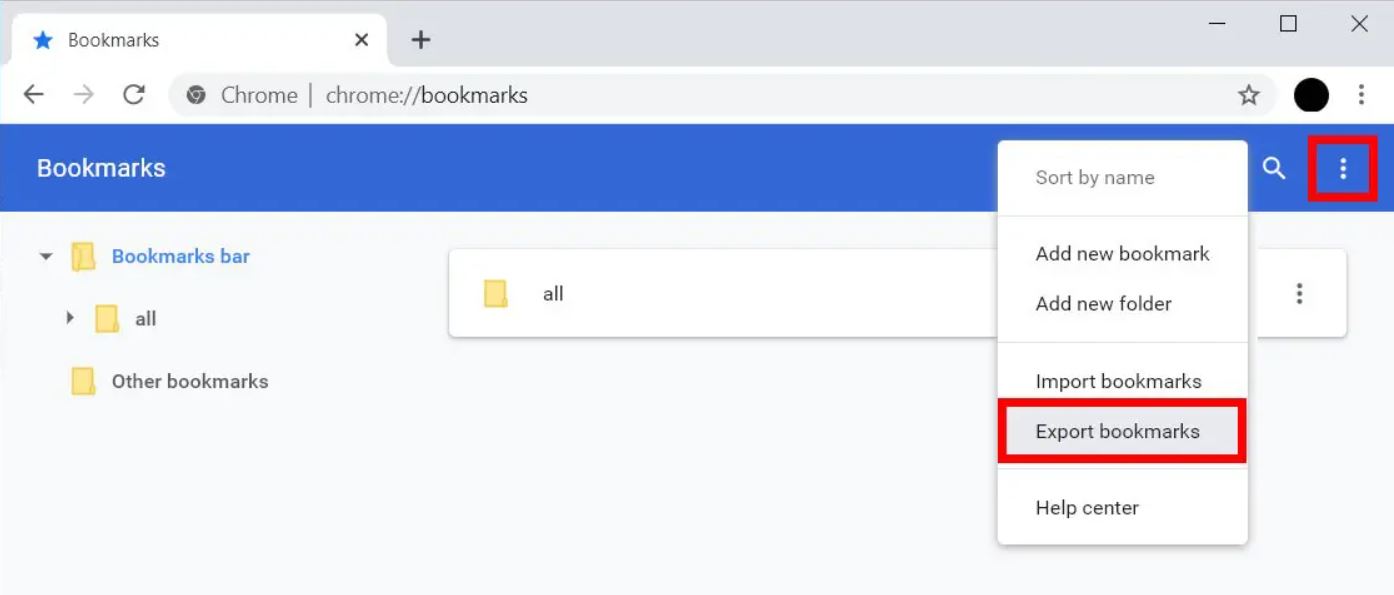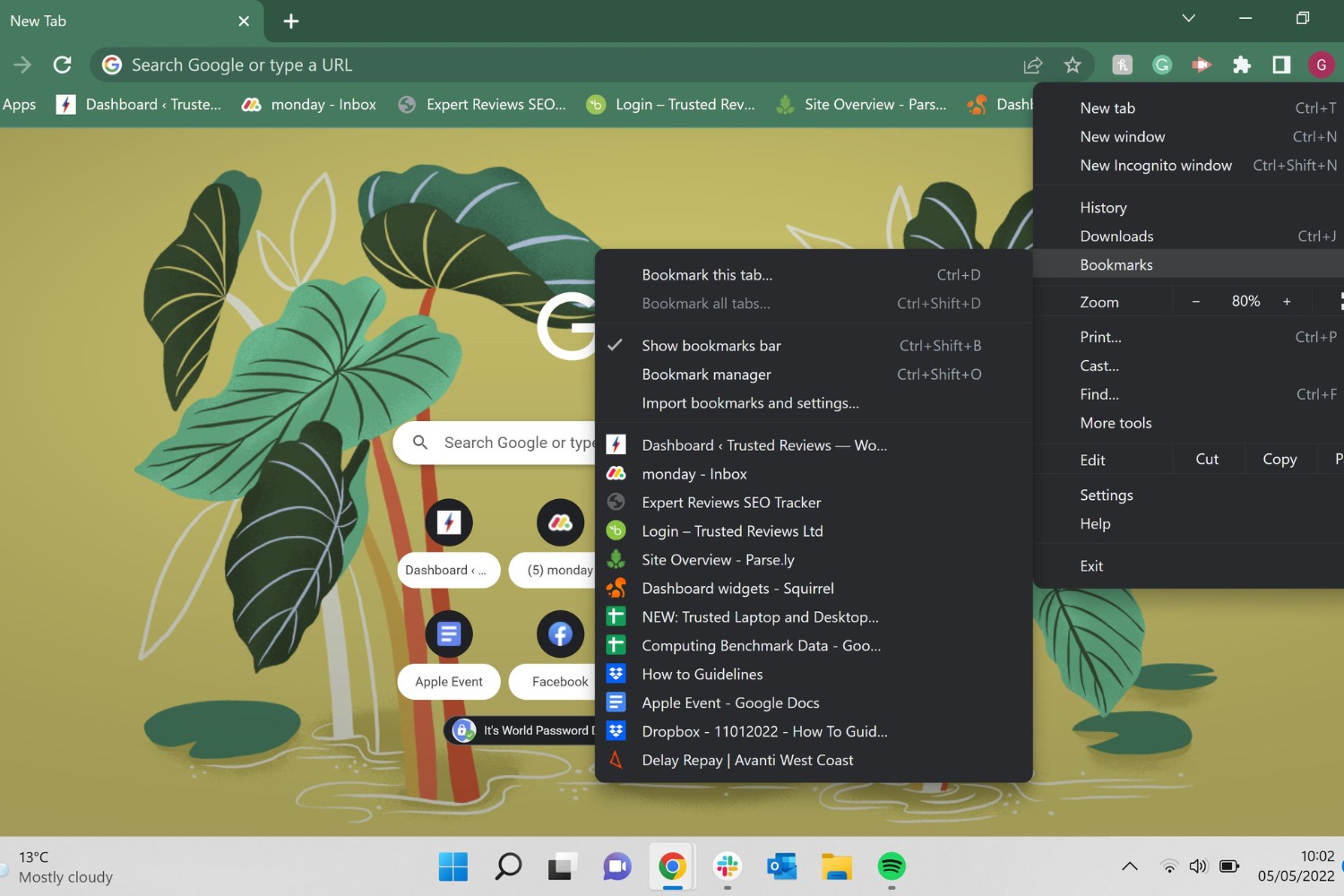Introduction
Backing up your Google Chrome bookmarks is a crucial task to ensure that you don't lose access to your carefully curated collection of websites and resources. Whether you're switching to a new device, performing a system upgrade, or simply seeking peace of mind, having a backup of your bookmarks can save you from the frustration of rebuilding your browsing history from scratch.
In this article, we will explore various methods to safeguard your Google Chrome bookmarks, allowing you to seamlessly restore them whenever needed. From utilizing Google Account sync to exporting bookmarks as an HTML file and leveraging third-party backup tools, we'll cover the step-by-step processes to empower you with the knowledge and confidence to protect your valuable browsing data.
So, if you've ever wondered, "How do I backup Google Chrome bookmarks?" or found yourself concerned about the potential loss of your bookmarked websites, you're in the right place. Let's dive into the methods that will equip you with the ability to preserve and restore your cherished bookmarks with ease.
Method 1: Using Google Account Sync
Google Chrome offers a convenient built-in feature that allows you to sync your bookmarks across devices using your Google Account. By enabling this synchronization, you can ensure that your bookmarks are backed up to the cloud and easily accessible whenever you sign in to Chrome on a new device. Here's how you can utilize Google Account sync to safeguard your bookmarks:
-
Sign in to Chrome: To begin, ensure that you are signed in to Google Chrome with your Google Account. This can be done by clicking on the profile icon in the top-right corner of the browser window and selecting "Sign in to Chrome." If you aren't already signed in, enter your Google Account credentials to proceed.
-
Enable Sync: Once signed in, access the Chrome settings by clicking on the three-dot menu icon in the top-right corner and selecting "Settings." Within the Settings menu, navigate to the "Sync and Google services" section. Here, you can enable the toggle switch for "Sync" to start syncing your browsing data, including bookmarks, to your Google Account.
-
Verify Sync Settings: After enabling sync, you can customize the specific data types you want to sync. To ensure that your bookmarks are included in the synchronization process, click on "Manage sync" and verify that "Bookmarks" is selected. This step allows you to tailor the sync settings according to your preferences.
-
Accessing Bookmarks on Other Devices: With Google Account sync enabled, your bookmarks will be securely backed up to your Google Account. When you sign in to Chrome on another device using the same Google Account, your bookmarks will be automatically synchronized, granting you seamless access to your bookmarked websites across all your devices.
By leveraging Google Account sync, you can effortlessly create a backup of your Google Chrome bookmarks, providing you with the peace of mind that your browsing history is securely stored in the cloud. This method not only simplifies the backup process but also streamlines the seamless restoration of your bookmarks whenever and wherever you need them.
Method 2: Exporting Bookmarks as an HTML file
Exporting your Google Chrome bookmarks as an HTML file provides a versatile and accessible backup solution, allowing you to store your bookmarks locally on your device or external storage. This method offers a straightforward approach to creating a comprehensive backup of your bookmarks, ensuring that you have a readily available file containing all your bookmarked websites. Here's a detailed guide on how to export your bookmarks as an HTML file:
-
Accessing the Bookmark Manager: Start by opening Google Chrome and accessing the Bookmark Manager. You can do this by clicking on the three-dot menu icon in the top-right corner of the browser window, hovering over "Bookmarks," and selecting "Bookmark Manager" from the dropdown menu.
-
Navigating to the Export Option: Within the Bookmark Manager, locate the three-dot menu icon, typically positioned in the upper-right corner of the window. Click on this icon to reveal a menu of additional options.
-
Selecting the Export Bookmarks Option: From the menu, select the "Export Bookmarks" option. This action prompts a file explorer window to appear, allowing you to specify the destination and filename for the exported HTML file.
-
Choosing the Save Location and Filename: Navigate to the directory where you want to save the exported HTML file. You can select a specific folder or create a new one to organize your backup files. Additionally, input a descriptive filename for the HTML file, ensuring that it is easily recognizable and indicative of its contents.
-
Saving the Exported HTML File: Once you've chosen the save location and filename, click the "Save" button to export your bookmarks as an HTML file. Google Chrome will promptly generate the HTML file containing all your bookmarks and save it to the specified location.
By following these steps, you can effectively create a local backup of your Google Chrome bookmarks in the form of an HTML file. This backup file can be stored on your computer, external storage device, or cloud storage service, providing you with a tangible and easily accessible copy of your bookmarked websites. Whether you're preparing for a system upgrade, transitioning to a new device, or simply seeking to safeguard your browsing history, exporting bookmarks as an HTML file offers a practical and reliable backup solution.
Method 3: Using a Third-Party Backup Tool
In addition to the built-in features of Google Chrome, utilizing a third-party backup tool offers an alternative approach to safeguarding your bookmarks. These specialized tools are designed to provide advanced backup functionalities, offering additional customization options and enhanced control over the backup process. By leveraging a third-party backup tool, you can further fortify the protection of your browsing data and ensure comprehensive backup coverage. Here's a detailed exploration of how you can utilize a third-party backup tool to secure your Google Chrome bookmarks:
-
Research and Select a Reliable Backup Tool: Begin by researching reputable third-party backup tools that are compatible with Google Chrome. Look for tools that specifically support bookmark backup and offer a user-friendly interface. Consider factors such as user reviews, features, and compatibility with your operating system to make an informed selection.
-
Install and Configure the Backup Tool: Once you've identified a suitable backup tool, proceed to download and install it on your computer. Follow the installation instructions provided by the tool's developer to set it up on your system. After installation, configure the backup tool to include Google Chrome bookmarks in the backup process. This typically involves specifying the data types to be backed up and setting up a backup schedule, if applicable.
-
Initiate the Backup Process: With the backup tool configured to include Google Chrome bookmarks, initiate the backup process according to the tool's interface and instructions. Depending on the tool's capabilities, you may have the option to perform an immediate backup or schedule regular automatic backups to ensure ongoing protection of your bookmarks.
-
Verify Backup Completion and Accessibility: Once the backup process is complete, verify that your Google Chrome bookmarks have been successfully backed up by accessing the backup tool's interface. Confirm that the bookmarks are included in the backup data and ensure that the backup file is accessible for restoration if needed.
-
Explore Additional Features and Settings: Take advantage of any additional features offered by the backup tool, such as encryption options for enhanced security, cloud storage integration for offsite backups, and restoration capabilities. Familiarize yourself with the tool's settings to customize the backup process according to your preferences and security requirements.
By incorporating a third-party backup tool into your bookmark protection strategy, you can elevate the level of security and control over your backup process. These tools offer a valuable complement to the native backup options provided by Google Chrome, empowering you to proactively safeguard your browsing history with flexibility and advanced features.
Conclusion
In conclusion, safeguarding your Google Chrome bookmarks is a fundamental aspect of preserving your browsing history and ensuring seamless access to your favorite websites. By exploring the methods outlined in this article, you now possess the knowledge and tools to create robust backups of your bookmarks, empowering you to navigate transitions between devices, system upgrades, and potential data loss scenarios with confidence.
Utilizing Google Account sync provides a straightforward and integrated approach to backing up your bookmarks. By leveraging this feature, your bookmarks are securely stored in the cloud, enabling effortless synchronization across all your devices. This method not only simplifies the backup process but also streamlines the seamless restoration of your bookmarks whenever and wherever you need them.
Exporting bookmarks as an HTML file offers a tangible and versatile backup solution, allowing you to store your bookmarks locally on your device or external storage. This method provides a comprehensive backup of your bookmarks, ensuring that you have a readily available file containing all your bookmarked websites. Whether you're preparing for a system upgrade, transitioning to a new device, or simply seeking to safeguard your browsing history, exporting bookmarks as an HTML file offers a practical and reliable backup solution.
Furthermore, the exploration of using a third-party backup tool has highlighted the additional layers of control and customization available for safeguarding your bookmarks. These specialized tools offer advanced backup functionalities, providing enhanced control over the backup process and additional features such as encryption options, cloud storage integration, and restoration capabilities. By incorporating a third-party backup tool into your bookmark protection strategy, you can elevate the level of security and flexibility in preserving your browsing history.
In essence, the methods presented in this article cater to diverse preferences and scenarios, allowing you to choose the approach that best aligns with your backup requirements and technical comfort. Whether you opt for the seamless integration of Google Account sync, the tangible backup offered by exporting bookmarks as an HTML file, or the advanced features of a third-party backup tool, the overarching goal remains the same: to safeguard your browsing history and ensure uninterrupted access to your cherished bookmarks.
By embracing the proactive approach of backing up your Google Chrome bookmarks, you are equipped to navigate the digital landscape with resilience, knowing that your valuable browsing data is securely preserved and readily accessible whenever the need arises.







